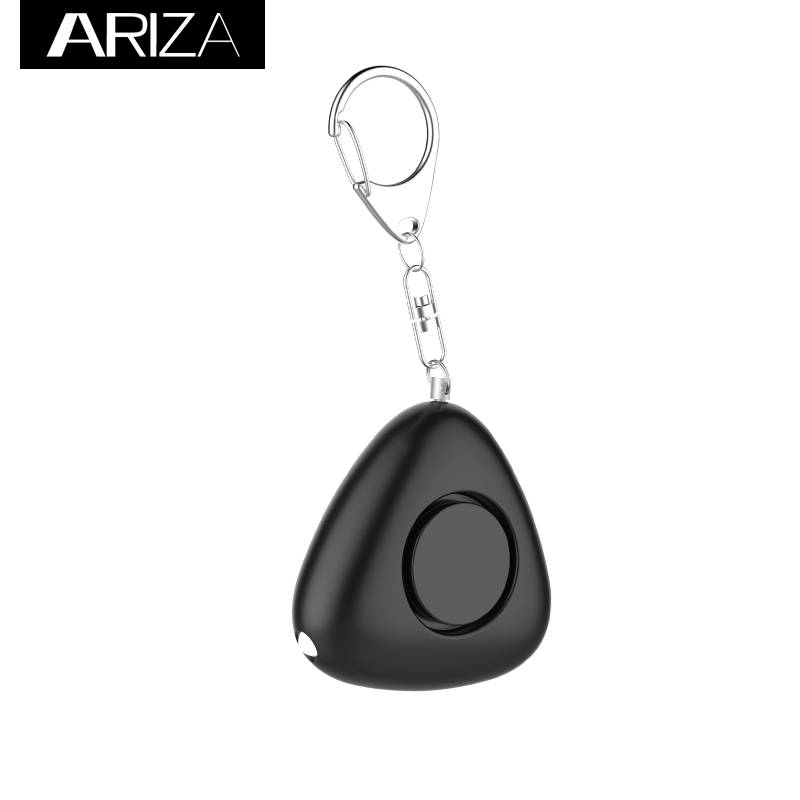

“You don’t surprise someone with one of these,” Renfro says. If you’re buying a medical alert system for a loved one, experts recommend asking which kind of product the recipient thinks he or she would wear and use, and which features are desired. Several companies told us they allow their salespeople to offer discounts. When you contact a manufacturer, you may want to ask for a better price than the one that’s listed. This can generally be tested only after purchase, so you may want to consider a system that’s easy to return. These policies, Renfro says, may be an especially important consideration if you’re in this group because you’ll need to be able to set a device’s volume high enough to hear the person on the other end of the line without a hearing aid. Check return policies carefully if you have hearing loss.Note also that the categories listed below for comparison are not meant to be comprehensive. Most mobile and in-home call buttons can be worn in the shower without being damaged. In addition, all said that their call buttons for in-home systems work at a distance of at least a football-field’s length away from the base station. or Canada, and dispatchers take only one emergency call at a time. According to representatives from the companies, the call centers are based in the U.S. We contacted each of the companies but cannot confirm all the manufacturers’ claims.We included only monitored systems because they have monthly fees that can vary from product to product and may also have other fees and variable contracts, minimum commitments, and return policies.But if you’re at high risk for falls, be aware that this feature isn’t without potential flaws.īelow, we compare companies whose products you’re likely to see advertised, have a long history in the industry, or both. The companies we looked into that offer fall detection charge $15 or less for it per month, so the additional cost isn’t huge. The alarm might go off if you drop it or momentarily lose your balance but don’t actually land on the ground. In some cases, for instance, this feature may register something as a fall that isn’t. “The technology probably isn’t fully refined,” he says. That sounds great, but it might not work perfectly every time, says Neil Alexander, MD, a professor of geriatric and palliative medicine at the University of Michigan and director of the VA Ann Arbor Healthcare System Geriatric Research, Education, and Clinical Center. Manufacturers say these devices sense falls when they occur and automatically contact the dispatch center, just as they would if you had pressed the call button. Some companies offer the option of automatic fall detection for an additional monthly fee. And cancellation and return policies can vary from company to company.ģ. Monitored systems may also have other fees, such as activation fees as well as minimum commitments or contracts. But with unmonitored systems, you generally pay only for the device itself. Monitored systems carry a monthly fee in addition to the purchase price for the device. These products can often be set up to call multiple people and to contact emergency services if you don’t get an answer from someone on your list.Ī key difference between the two is price. With these, when you press the call button, the device automatically dials a friend or family member on your programmed emergency call list. The systems we’ve provided information on below are all monitored, meaning that the call button connects you with someone at a 24/7 dispatching center.īut you have the option to choose a system that isn’t monitored. Someone who is frail and doesn’t leave the house often might not need a mobile system, while an active older adult may want added protection outside the home, says Richard Caro, PhD, a co-founder of Tech-Enhanced Life, which evaluates and reviews products for older adults.Ģ. This way, if you get lost or press the call button for help but are unable to talk, the monitoring service can find you. These operate over cellular networks and incorporate GPS technology. You can use these systems at home, but they’ll also allow you to call for help while you’re out and about. With these systems, pressing the wearable call button allows you to speak to a dispatcher through a base unit located in your home.īut many companies offer mobile options, too. Many companies now also offer the option of home-based systems that work over a cellular network for those who might not have a landline.

Originally, medical alert systems were designed to work inside your home with your landline telephone.Īnd you can still go that route. Do You Want a Home-Based or Mobile System? When you’re ready to begin shopping for a medical alert, you’ll need to make three decisions that will affect the overall functionality of your system and how much you’ll pay.


 0 kommentar(er)
0 kommentar(er)
